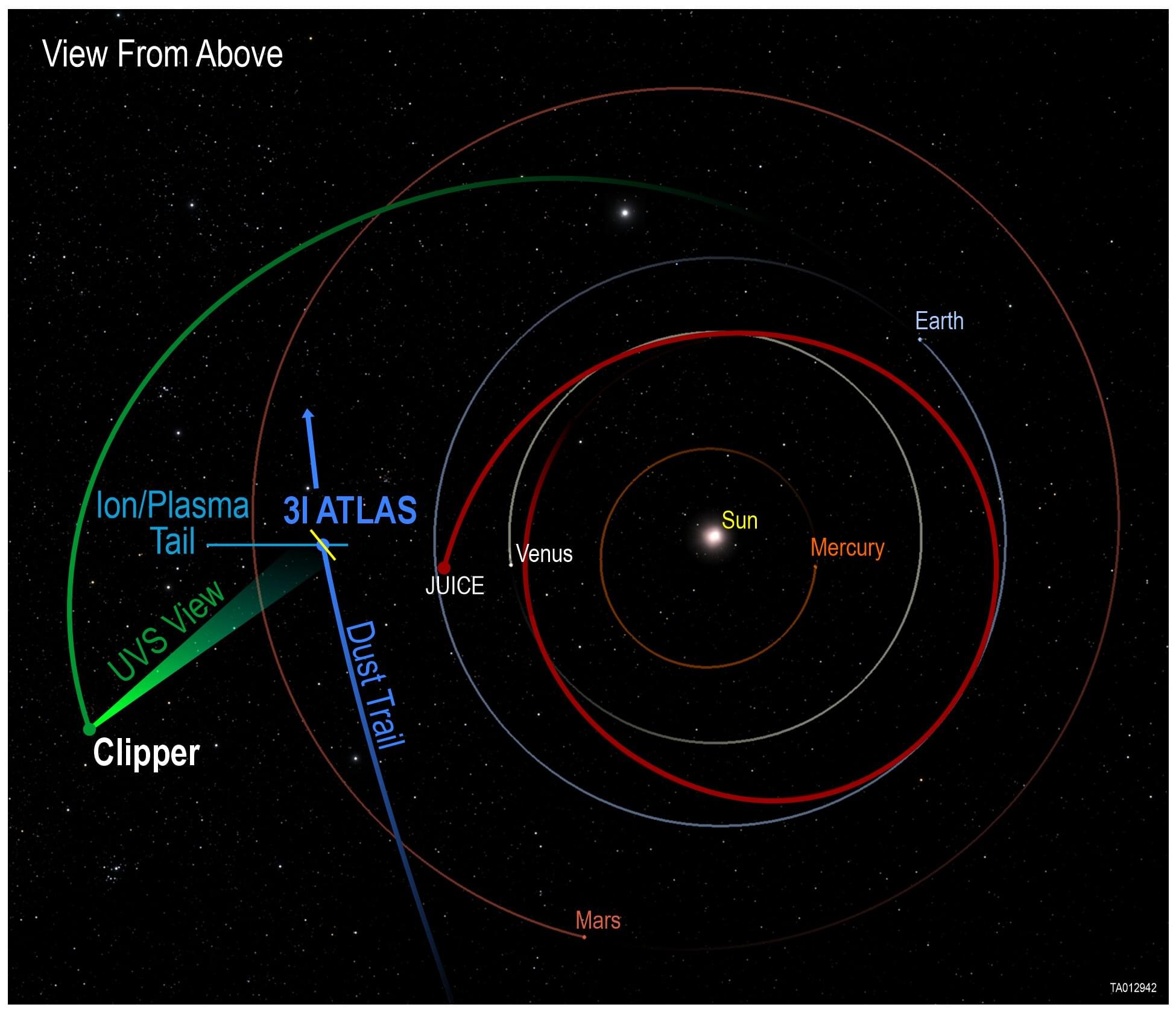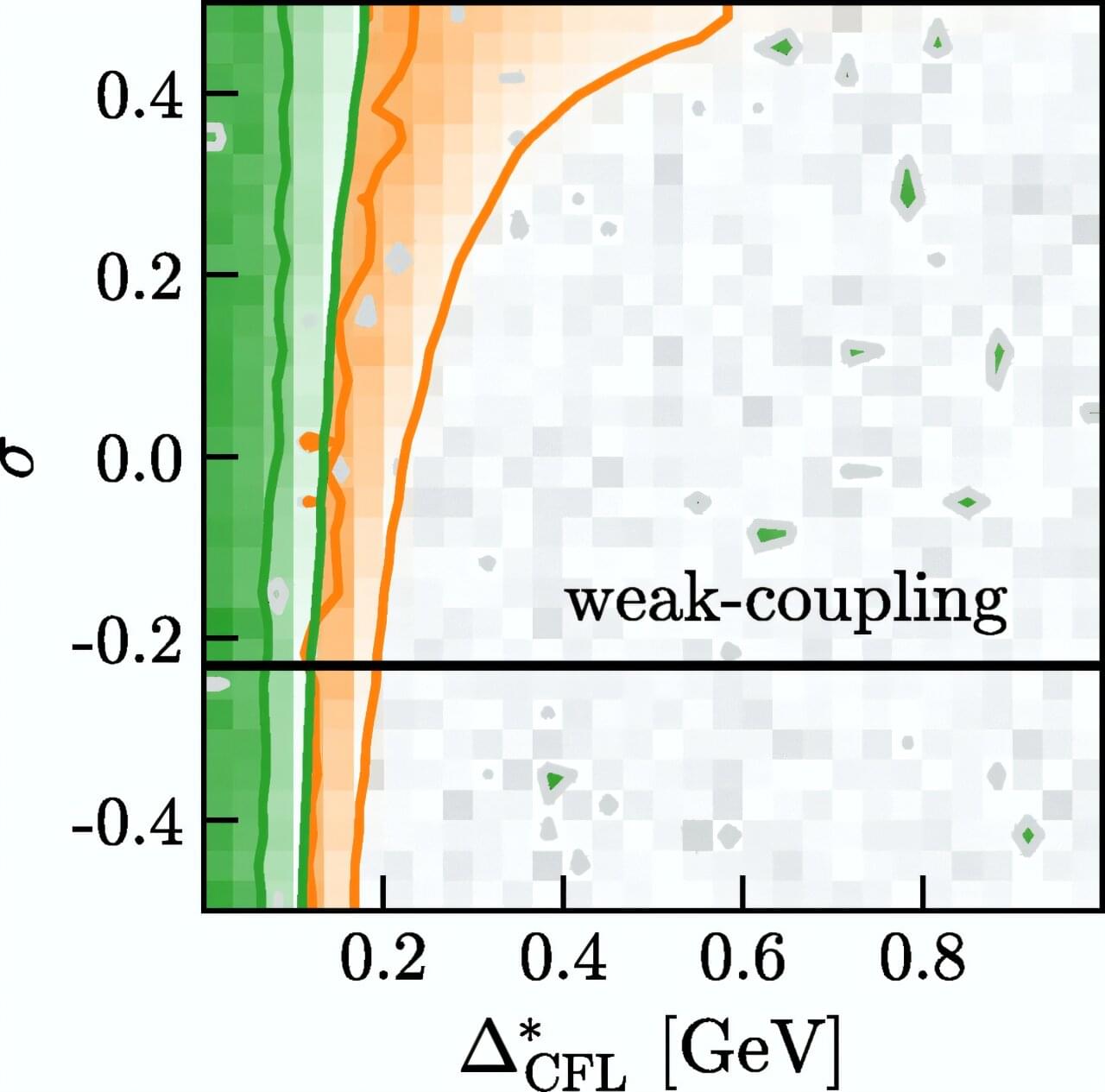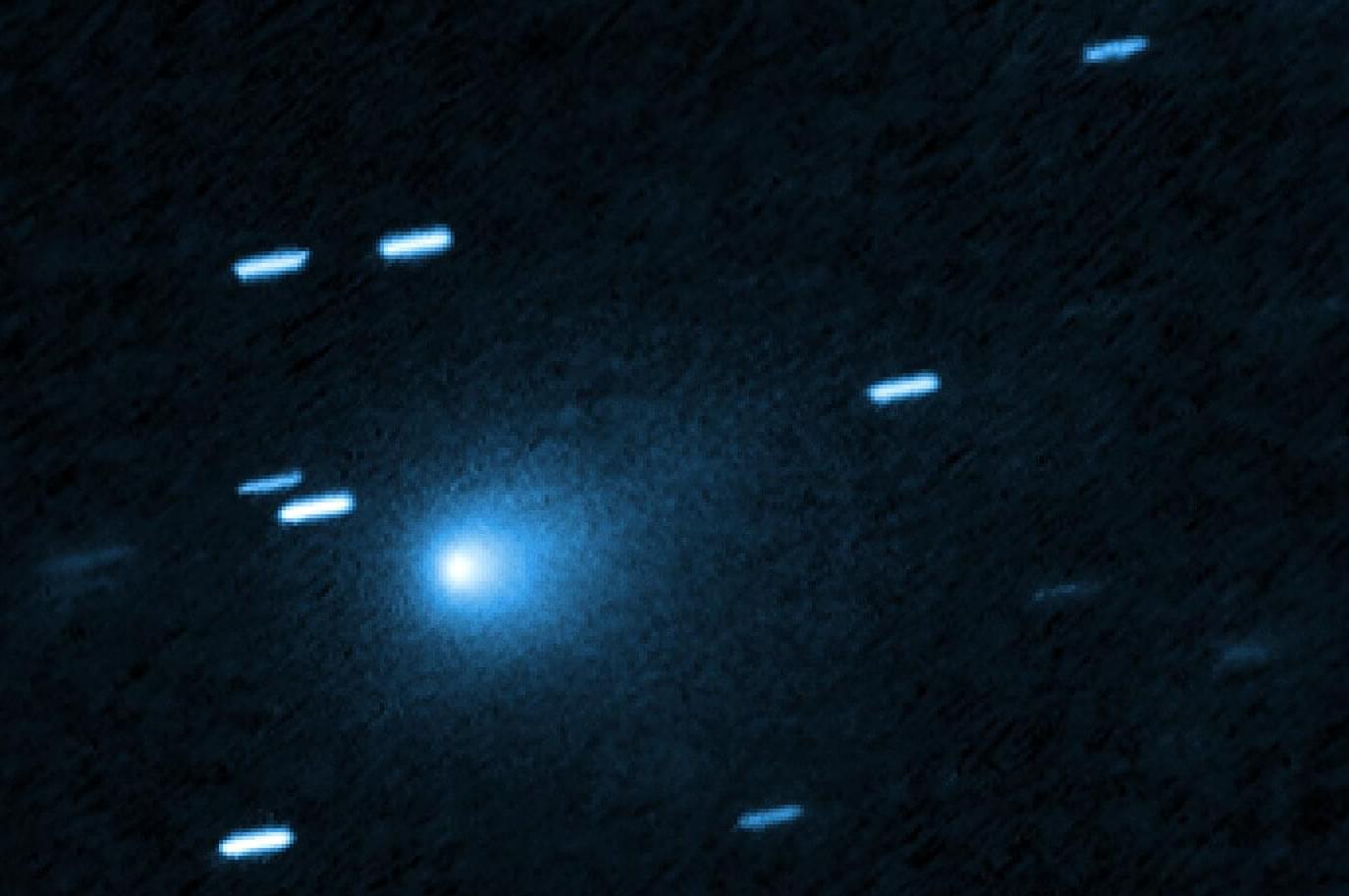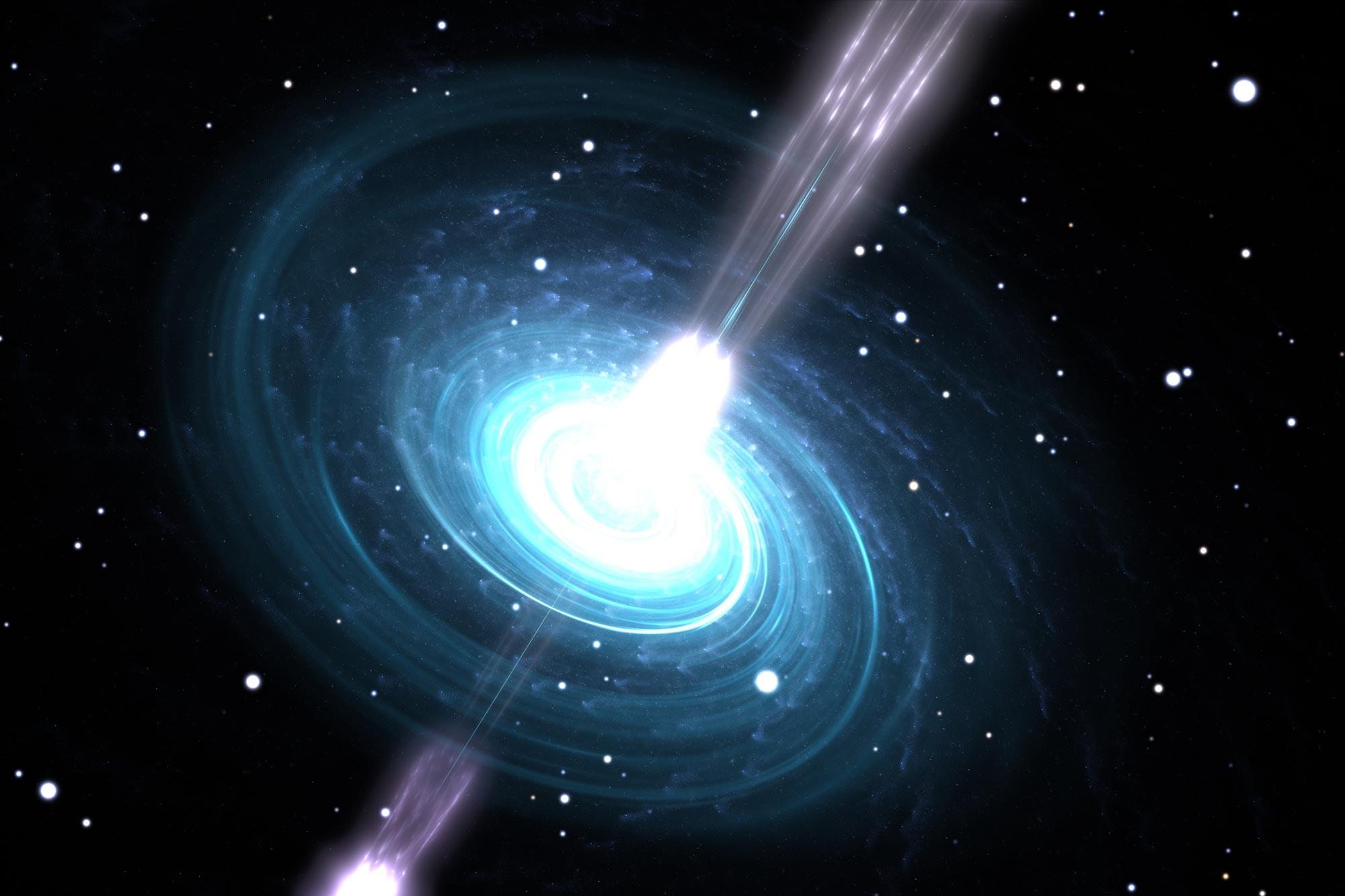Researchers from the University of the Witwatersrand in South Africa, in collaboration with Huzhou University, discovered that the entanglement workhorse of most quantum optics laboratories can have hidden topologies, reporting the highest ever observed in any system: 48 dimensions with over 17,000 topological signatures, an enormous alphabet for encoding robust quantum information.
Most quantum optics laboratories produce entangled photons by a process of spontaneous parametric downconversion (SPDC), which naturally produces entanglement in “space,” the spatial degrees of freedom of light. Now the team have found that hidden in this space is a world of high-dimensional topologies, offering new paradigms for encoding information and making quantum information immune to noise. The topology was shown using the orbital angular momentum (OAM) of light, from two dimensional to very high dimensions.
Reporting in Nature Communications, the team showed that if one measures the OAM of two entangled photons it can be shown to have a topology: an underlying feature of the entanglement itself. Since OAM can take on an infinite number of possibilities, so too can the topology.








